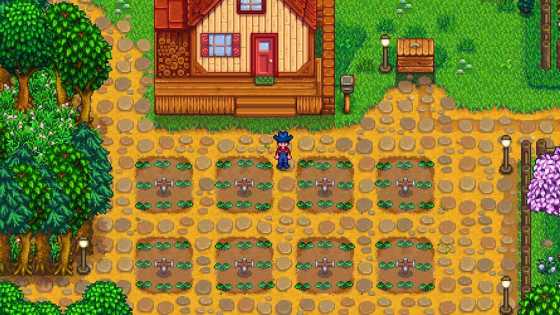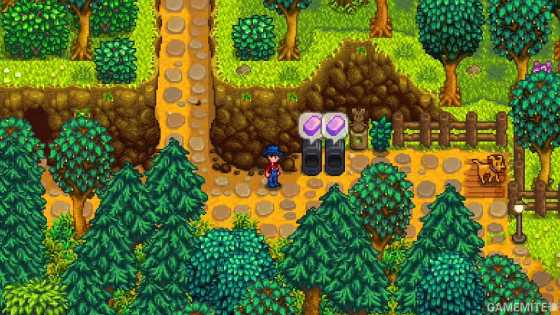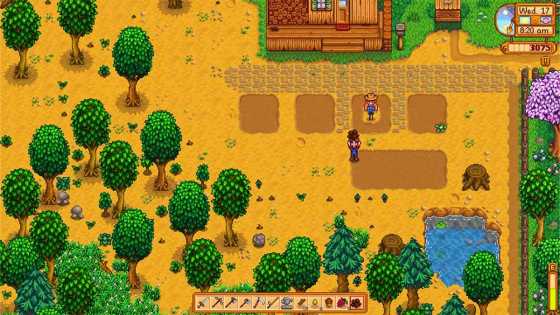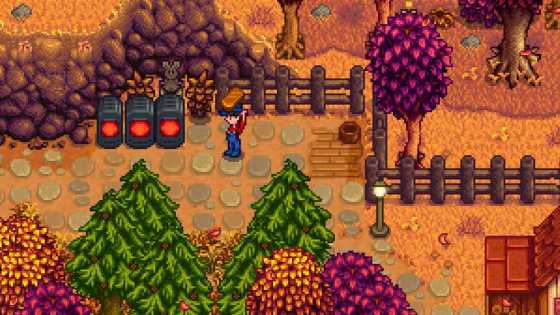How to Use Tapper in Stardew Valley
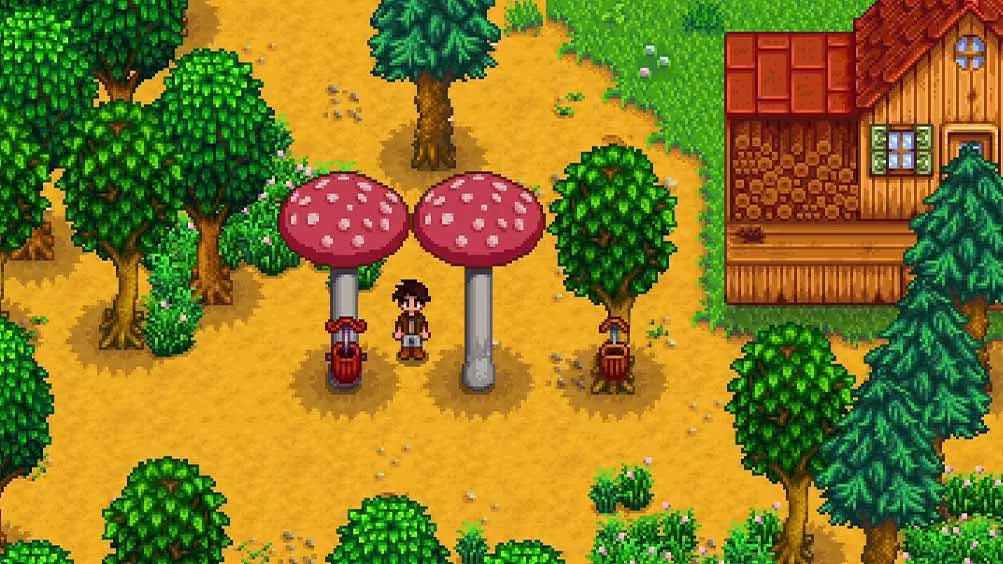
Are you tired of spending hours chopping down trees and breaking rocks in Stardew Valley? Well, get ready to tap into a whole new world of possibilities with the Tapper! In this article, we'll show you how to use this handy tool to turn those mundane resources into valuable commodities. Whether you're looking to brew some delicious sap-infused beverages or make a killing in the lucrative syrup market, the Tapper is your key to success. So, grab your axe, and let's dive into the wonderful world of tapping in Stardew Valley!
What is Tapper in Stardew Valley?
Tappers in Stardew Valley are an essential tool for any aspiring farmer looking to make some extra profit. These handy little devices can be attached to various trees on your farm, allowing you to collect valuable resources like sap and syrup. While most players may assume that the sole purpose of tappers is simply collecting these materials, they actually serve a greater purpose than meets the eye.
One interesting aspect of tappers is that they can be placed on different types of trees, such as Oak, Pine, Mushroom, and Maple. Each type of tree produces a unique resource when tapped.
For example, tapping an Oak tree will yield oak resin, which can be used in crafting recipes or sold for a decent amount of money. Pine trees produce pine tar, Mushroom trees produce mushrooms, another valuable resource that has multiple uses in the game. Lastly, tapping a Maple tree will give you maple syrup - a highly sought-after item that can be sold for a significant
Moreover, using tappers strategically can lead to some exciting gameplay options. For example, by placing multiple tappers on different types of trees and regularly collecting the products they yield, you can craft lucrative items such as Artisan Goods or Kegs. These processed goods sell for much higher prices than raw materials and can become a significant source of income in Stardew Valley. So don't just see tappers as mere collectors - utilize them wisely and reap more rewards from your farm!
How to craft a Tapper: Materials and steps
First, you need to reach level 3 in Foraging so you can obtain the Tapper recipe.
To craft a Tapper, players will need the following materials: 40 Wood and 2 Copper Bars. Wood can be easily obtained by chopping down trees, while Copper Bars can be smelted from Copper Ore found in the mine. Once you have gathered these materials, head over to your crafting menu and select the Tapper option.
To begin crafting a Tapper, start by putting Wood and Copper Bars into your inventory. Click on the Crafting menu and find the Tapper option. Once selected, you will see the materials required to craft it. If everything looks good, simply click the item to Craft and complete the process. The newly crafted Tapper will immediately appear in your inventory ready for use.
Choosing the right tree for tapping
When it comes to tapping trees in Stardew Valley, choosing the right tree is crucial for maximizing your profits and efficiency. While all trees have their own unique qualities, some are more favorable for tapping than others.
One important factor to consider is the tree's growth duration. Trees like Pine, Oak, and Maple take 24 days to grow, while Mahogany trees only take 30+ days to fully mature. Investing in Pine trees can provide a faster return on investment as they produce resin in half the time of other trees. Additionally, Pine tar sells for half of the amount of maple syrup. These are all things to take into consideration while collecting valuable resources from tapping.
Ultimately, selecting the right tree for tapping depends on your playstyle and goals in Stardew Valley. Whether you prioritize quick returns or prefer a balance between fruits and resin production, evaluating each tree's growth duration and space requirements will help guide your decision-making process and ensure a prosperous tapping venture!
How to Use Tapper - Placing and collecting Tapper
Now that you have successfully crafted a Tapper, it's time to learn how to use the Tapper in Stardew Valley and put it to good use! Find a tree that is suitable for tapping—maple trees for syrup, oak trees for resin, pine trees for wood tar, mushroom trees for mushrooms—and equip your tapper in hand. Approach the tree and click on it with your mouse cursor or action button (depending on the platform) until you see an animation indicating that you have successfully attached the Tapper. Afterward, all you need to do is wait patiently as the resource collects over time.
Once the sap is ready to harvest, you can simply click on the tree again to collect the syrup, resin, wood tar, or mushrooms.
But remember, each type of tree has its own specific time requirement for collecting resources. Maple trees take about 2 days to produce syrup, oak trees take 4 days for resin to be ready, pine trees take 5 days for wood tar to accumulate, and mushroom trees produce mushrooms every day during the fall season. So, make sure to keep track of when you attached the tapper to the tree.
Conclusion: Enjoy the benefits of tapping!
In Conclusion, tapping is a skill in Stardew Valley that should not be overlooked. By utilizing this technique, you can truly maximize your productivity on the farm and reap numerous benefits. From earning extra income through the sale of valuable products like maple syrup and oak resin to being able to craft useful items like bee houses and kegs, tapping opens up a whole new world of possibilities in the game.
But beyond its practical advantages, tapping also adds an element of strategy and decision-making to your gameplay. You'll need to carefully choose which trees to tap based on their potential yield and timing, ensuring you make the most out of each day on your farm. This adds a layer of excitement as you try to balance your tapping endeavors with other activities and priorities.
So don't just stick to planting crops or raising animals – embrace the wonders of tapping in Stardew Valley! With its financial rewards, crafting opportunities, and strategic gameplay elements, it's sure to enhance your farming experience tenfold. Start experimenting with different tree types and techniques today, and watch as your farm flourishes thanks to this underrated skill





